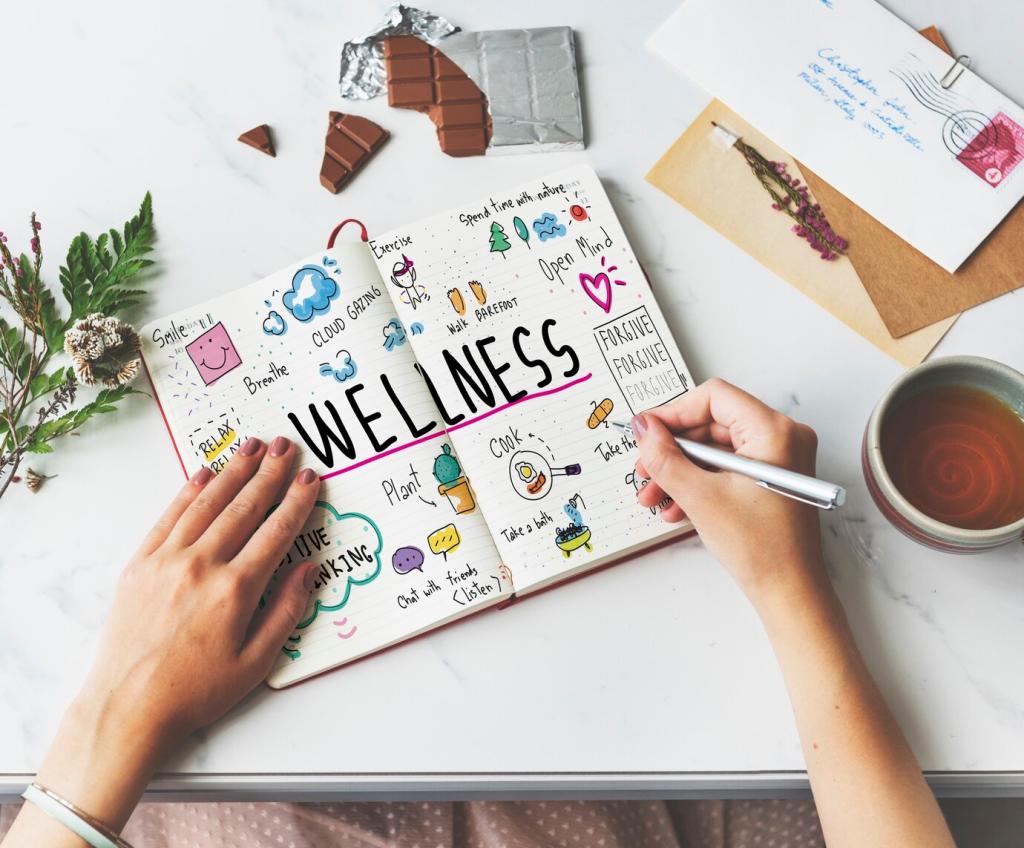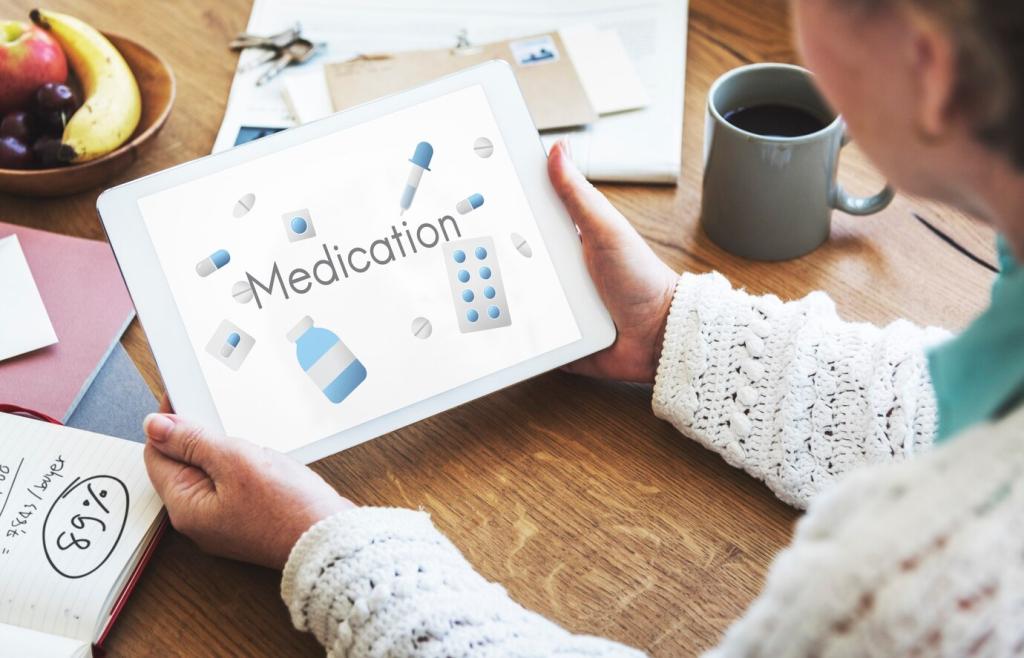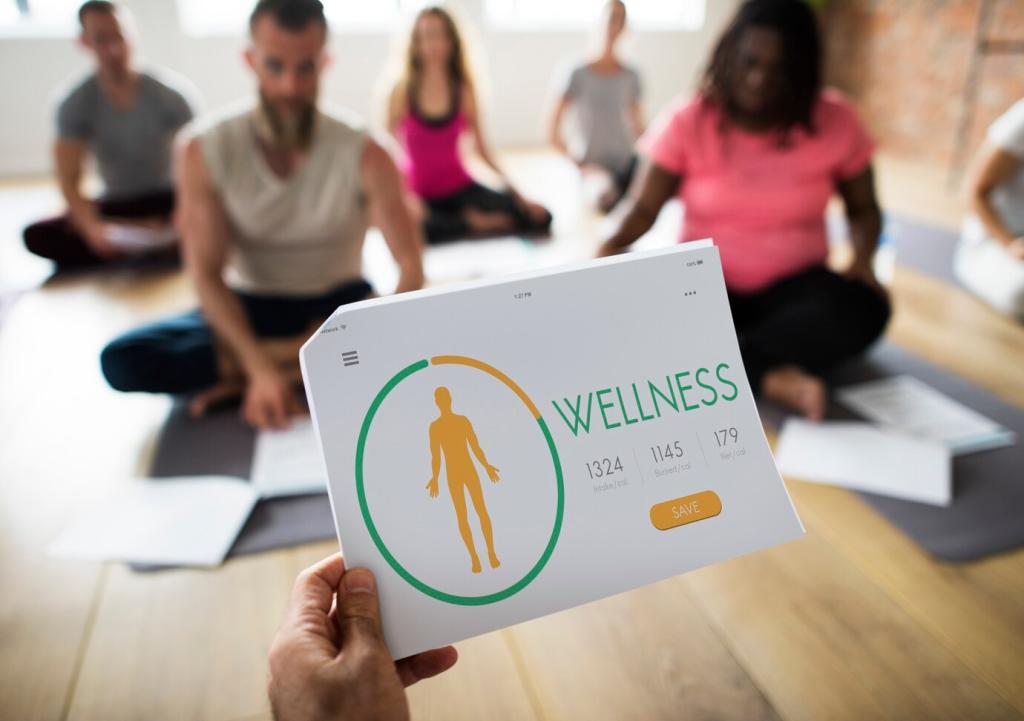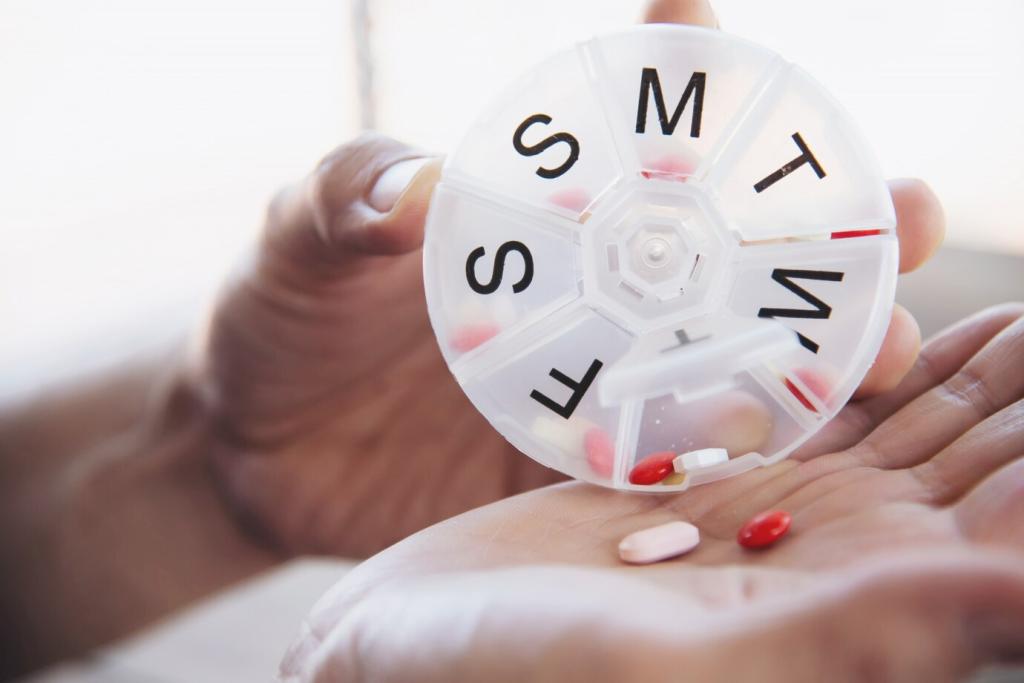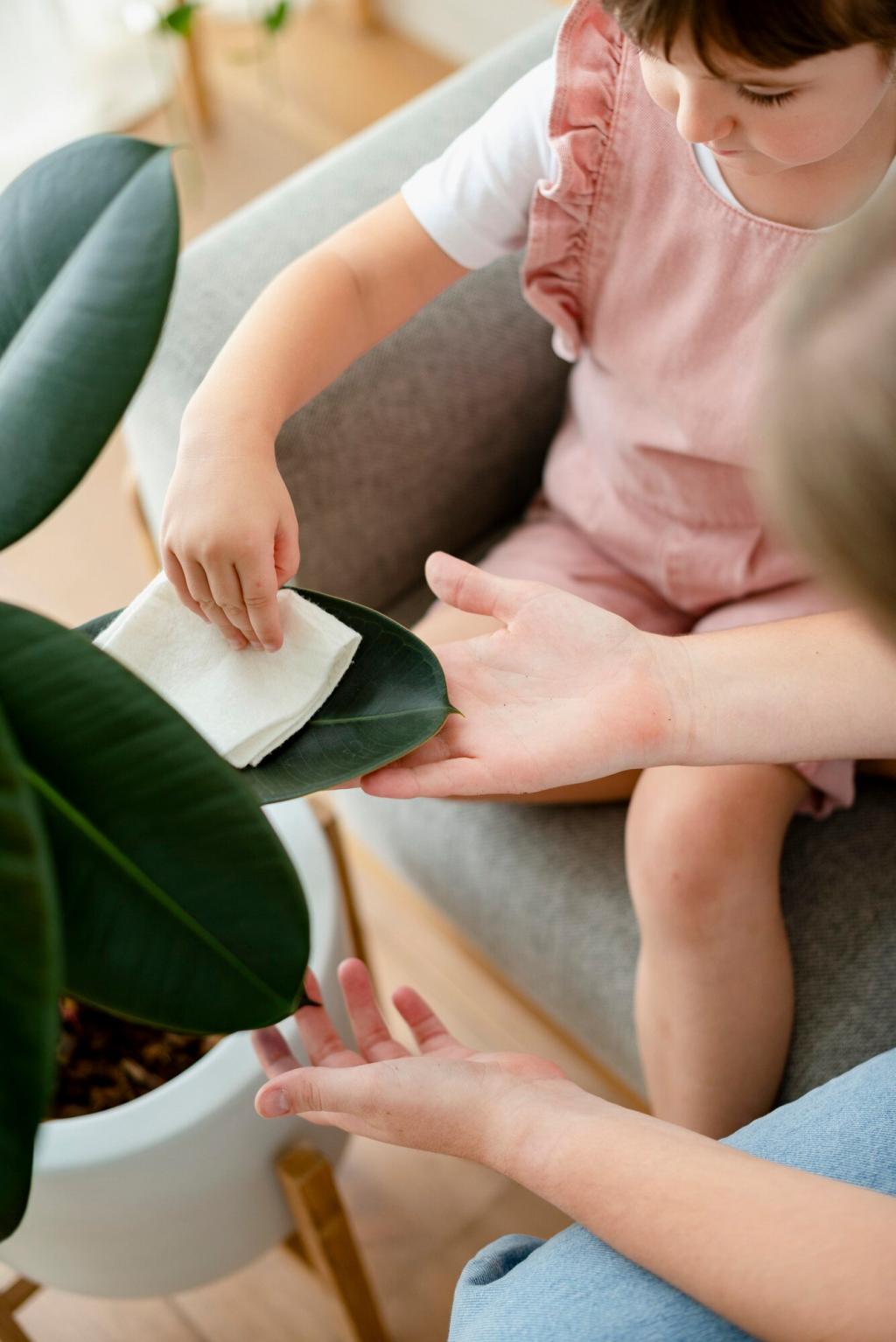Research and History That Strengthen Hope
Art therapy emerged from psychology, education, and studio practice, recognizing images as vital emotional language. Pioneers observed that making art supported communication and regulation where words were too sharp. This heritage continues to guide compassionate, creative healing today.
Research and History That Strengthen Hope
Many hospitals include art programs because patient stress and pain can decrease with creative engagement. Murals, music, and bedside sketching provide focus and agency. Have you seen art in a care setting help someone feel braver or calmer?

